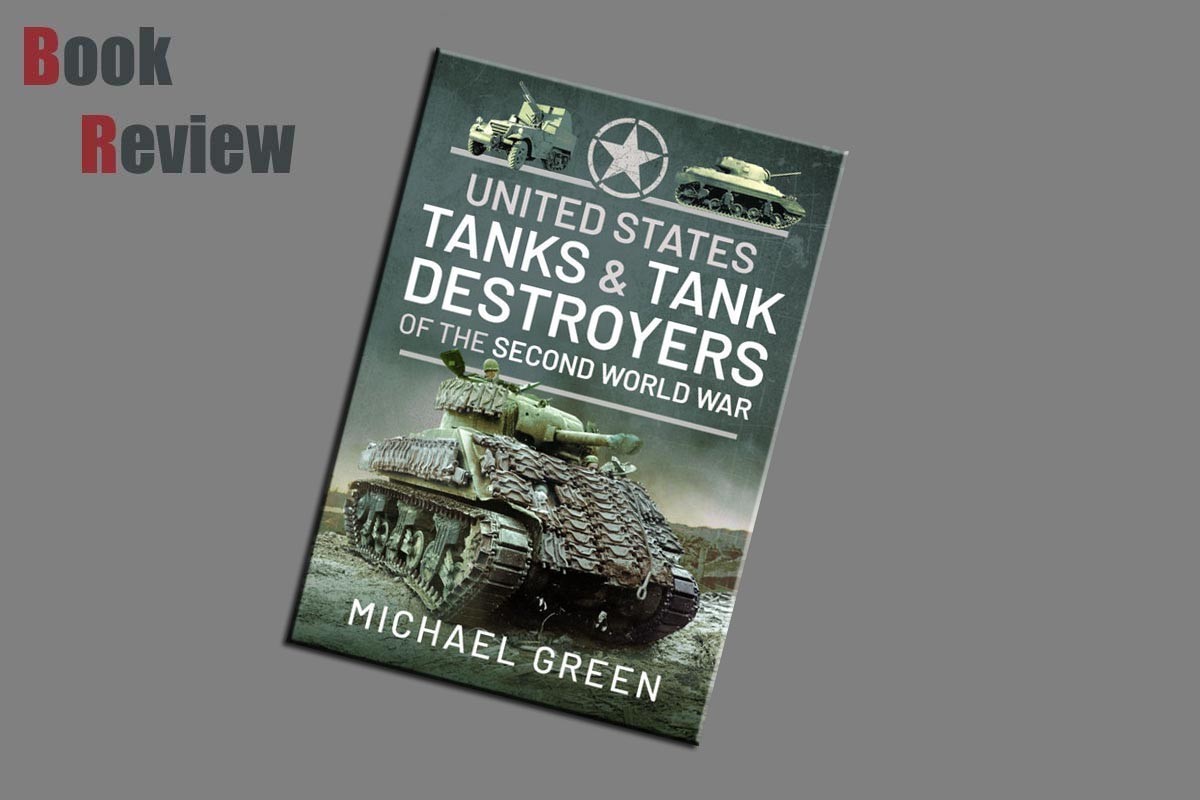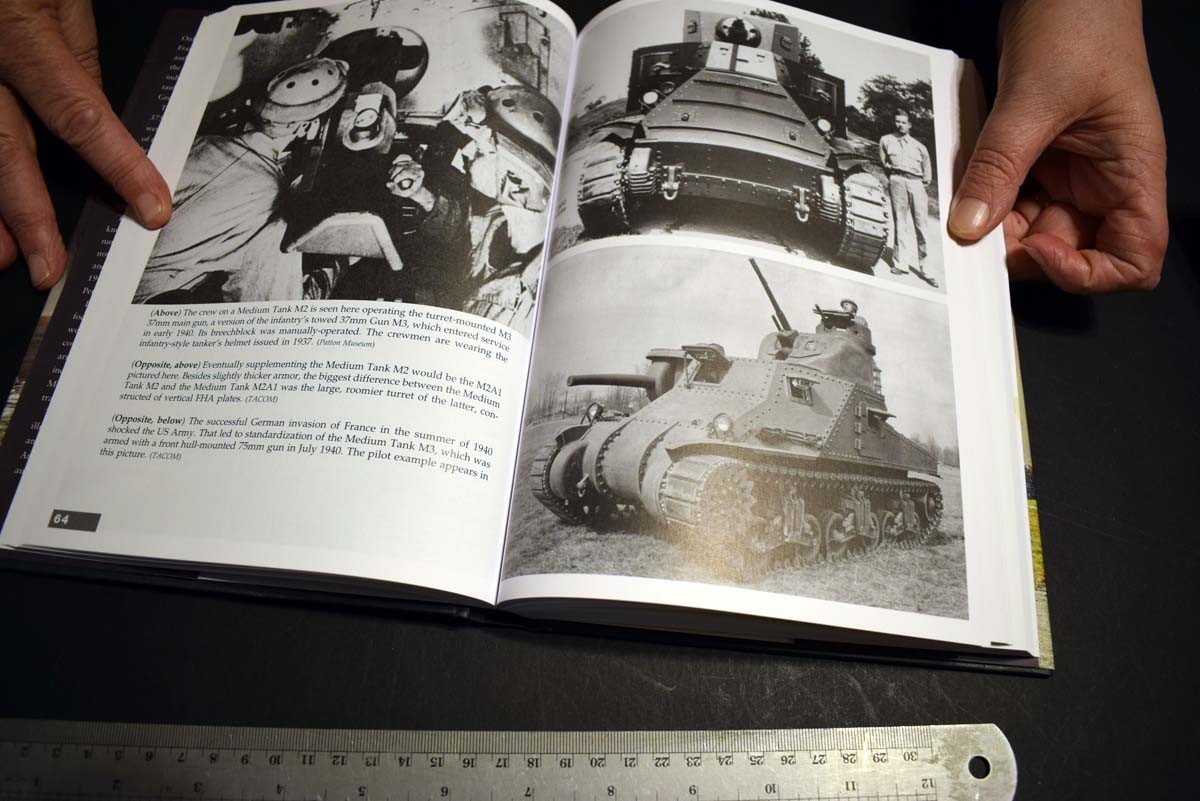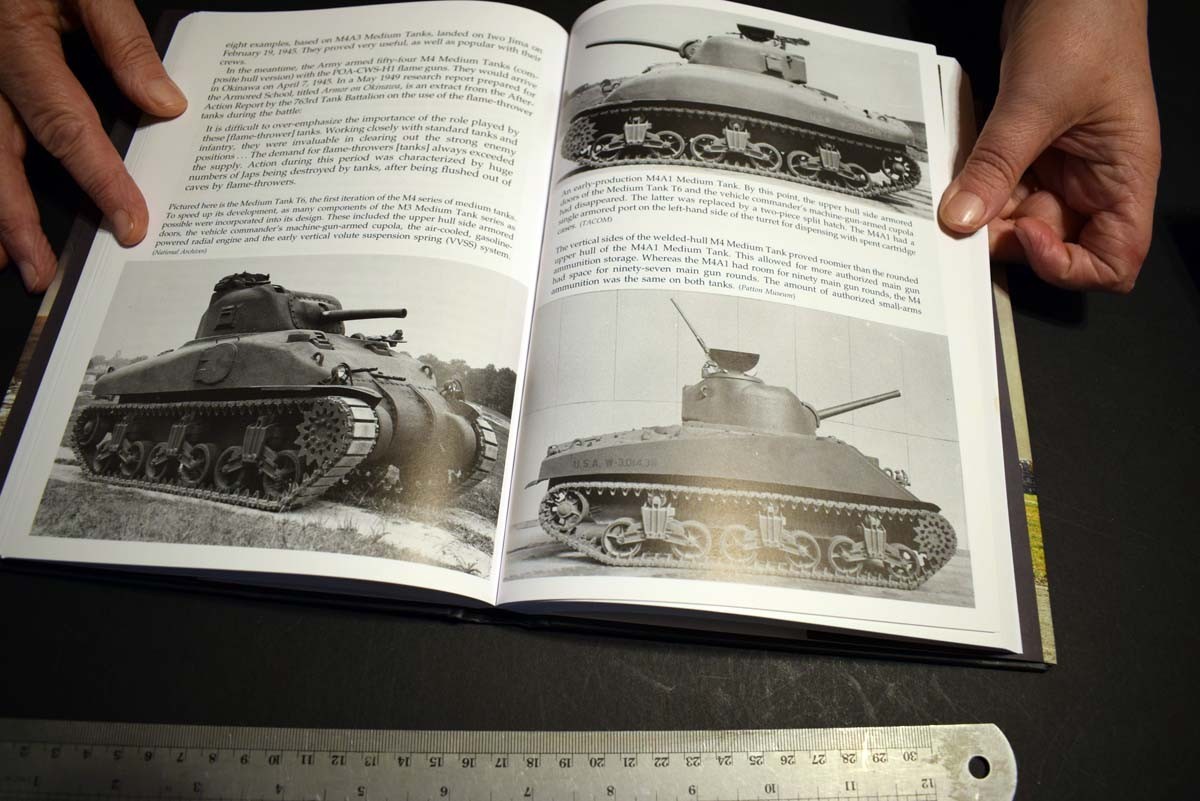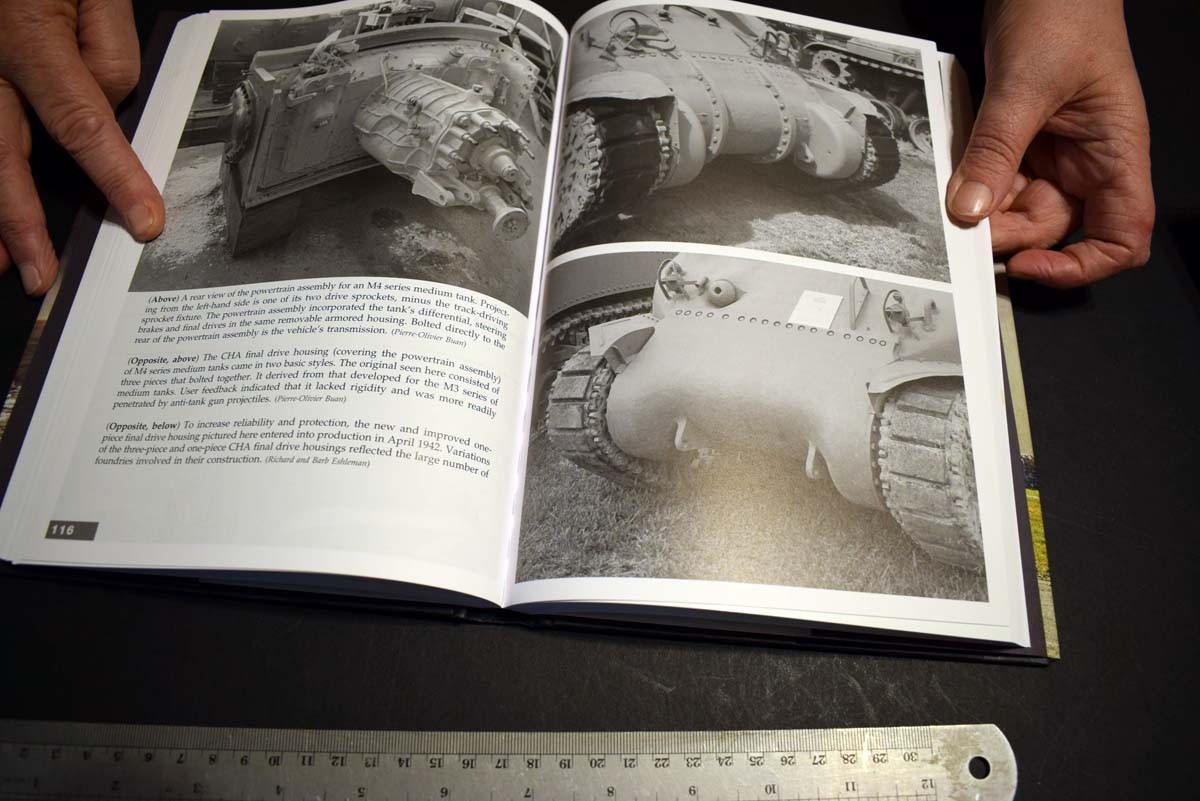
Introduction
The following introduction is taken from the Pen and Sword website:
Only after the Nazis invaded Poland and France did the United States Government authorize mass production of tanks. By the end of the War American industry had built nearly 90,000 tanks, more than Germany and Great Britain combined.
The first big order in May 1940 was for 365 M2A4 light tanks, the initial iteration of the Stuart series, with almost 24,000 constructed. The Stuart series was supplemented by almost 5,000 units of the M24 Chaffee light tank. There was also the failed M22 Locust light tank intended for airborne operations.
The M4 series of medium tanks, best known as the Sherman, were the most numerous with some 50,000 in service with not only the American military but British and other Allied armies. It was not until later in the war that the M26 Pershing heavy tank was built.
Initially the US Army doctrine saw tanks as primarily for the exploitation role. Later the concept of tank destroyers evolved to counter large scale German armored offensives. These defensive AFVs included the half-track-based 75mm Gun Motor Carriage M3 and the full-tracked M10, M18, and M36.
This comprehensive and superbly illustrated book describes in authoritative detail the characteristics and contribution to victory of these formidable fighting vehicles.
Review
This Pen and Sword offering is authored by Michael Green. Michael Green has authored a large number of titles in the Images of War series of books, as well as some of the more in-depth publications, the contents covering aviation, nautical, infantry armour subjects and specific zones of conflict. This offering is a hard backed book of 272 pages of a good quality matt paper and provides 200 black and white illustrations.
The contents of this book are provided as follows:
Forward
Acknowledgements
Notes to the reader
1 Light Tanks
2 M3 Medium Tank Series
3 Early War M4 Tanks
4 Late War M4 Tanks
5 Tank Destroyers
6 Heavy Tanks
Bibliography
And even provides a few blank pages for the reader to make their own notes.
For me the US was the armoury of the Western Allies, equipping the Allies with everything from soft skinned vehicles to tanks and aircraft, and for me this was their greatest contribution to the War - that is without trying to take away anything from the men who did the actual fighting. This particular book, looks at just two attributes of the US Armoury in the from of tanks and tank destroyers. In some ways it is surprising that the Americans were able to forfill this role, as at the start of the war the armoured forces were equipped with out of date light tanks, that was basically a copy of Renault FT 17. With the M3/M5 light tank family Lee and Grant tanks before moving on the the M4 Sherman medium tank, which while limited in its ability to tackle German heavy armour - the numbers produced more than made up for that limitation.
The chapters looking at the various vehicle groupings provide well written and informative details on the vehicle families. Now obviously a book of this size is limited into the depth it can go, but there is a good deal of information which I found of interest, and learnt things. For instance I had not realised how unreliable the early Sherman’s were, as regards engine power and keeping those engines going. The written detail provided covers a wide number of attributes, that I feel makes this book worth the investment in buying, provided World War II tank and tank destroyers are of interest.
In addition to the written content, there is a good quantity of photographic reference. Which is a mix of period and museum exhibits. Each of the photographs is provided with a very well written caption, that leaves you in no doubt about what you are looking at, and will help you pick out specific details that may otherwise be missed. If I had one complaint about the photographs it is that the museum exhibits can very easily lead you astray, as many a modeller has discovered to their cost. With that proviso in place, it does at least bring the vehicles together in a single reference volume, that is affordable and offers a good mix of written and pictorial reference.
Conclusion
If you ask a non-modeller about tanks produced by the Americans in World War II, I suspect most are only going to know about the Sherman. However, they produced a wide variety of vehicles, some more successful than others and which can be said has taken them on a journey from out of date World War I tanks to the early heavy tanks of the Cold War. This title is a one stop mini visual reference, covering the tanks and tank destroyers used by the Allies during World War II and without which the result of the war could have been very different.
































